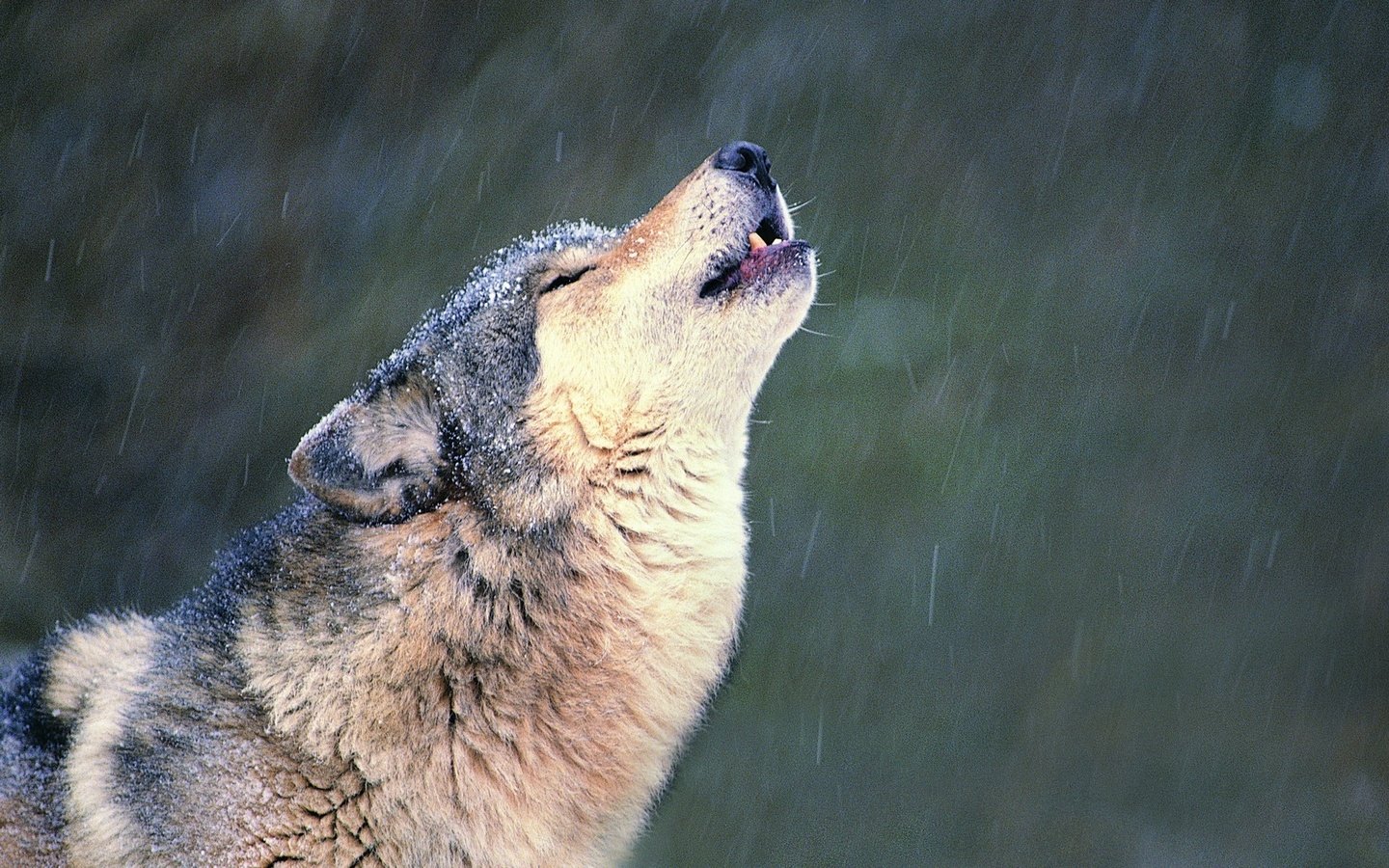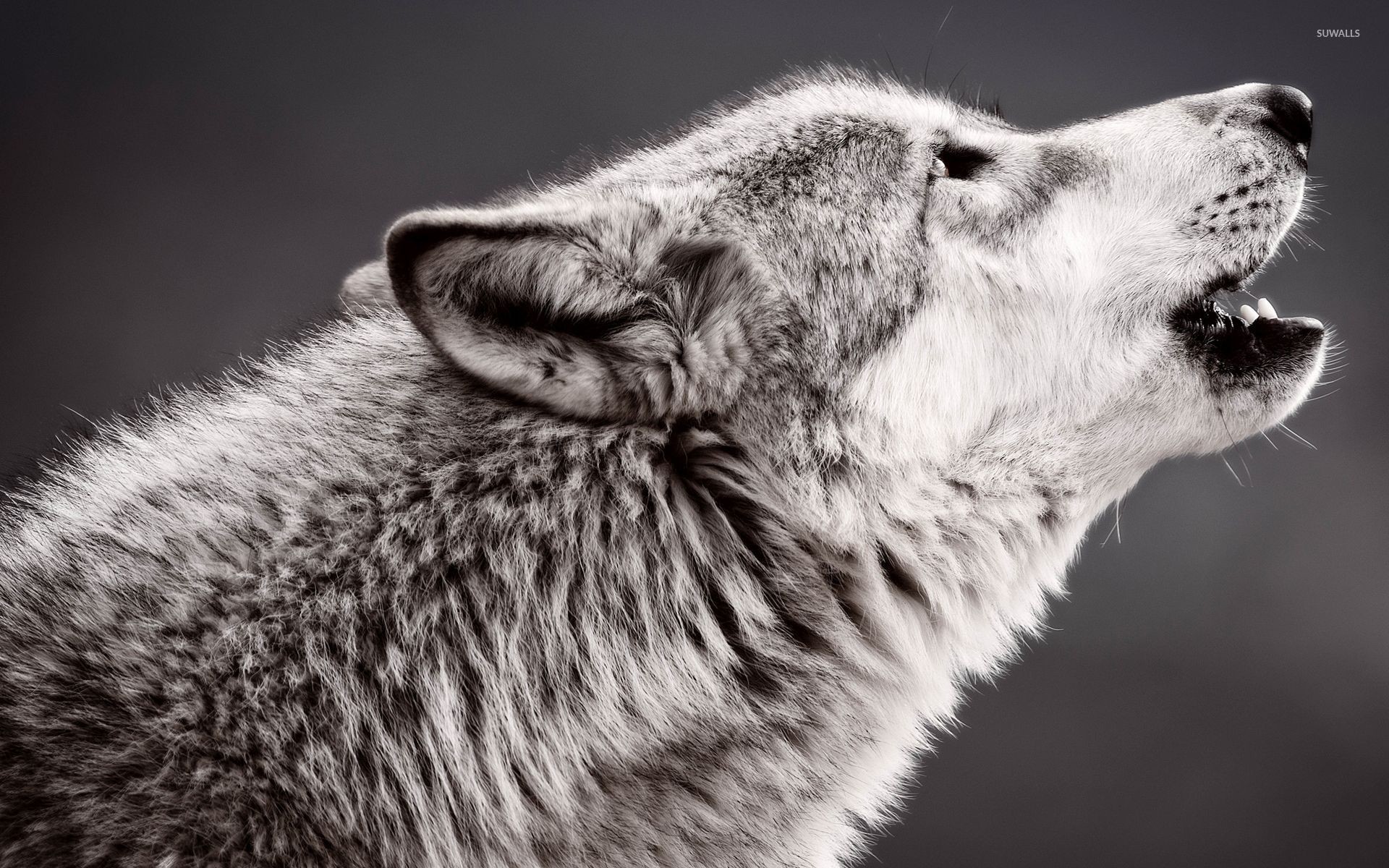
Wolf species also have “howling dialects,” according to a 2016 study from the University of Cambridge. Each wolf howls to communicate with other pack mates, rather than with encroaching neighbors. The pack members then split up, searching for sustenance. Instead of traveling together, the pack establishes dens and leaves its pups in their shelter. Smith calls the pups’ spring arrival an “anchor” for the pack. In the spring, the number of howls decreases as wolf pups are born. Smith was interviewed for a recent episode of NPR’s “ Living on Earth.” He told NPR that during the winter, Yellowstone’s gray wolves travel in packs and call out the most frequently to warn neighboring families to stay away. Wolves have sophisticated social lives, which leads to a complex array of howls that signal different things.Īccording to Yellowstone-based biologist Doug Smith, wolves howl more or less often according to the time of year and the rhythm of their reproductive cycles. Wolves utilize their own language, and recently scientists have learned that the howl of these enthralling animals changes over the course of seasons.

The word “ wulf” was one of the most common compounds in early Anglo-Saxon names, and today we lament (or sometimes celebrate) how fast we “wolf down” a meal or complain of someone who has “cried wolf” again. In ancient Greece, “ λύκον ἰδεῖν” meant “to see a wolf,” or to be struck dumb, apparently the result of being sighted by a wolf. Original post, 11/3/16: Wolves have influenced human language for many thousands of years. Urge your governor to oppose this attack! Whether you saw a gray wolf or a coyote, both species add to Wyoming's rich wildlife diversity and play a significant role as carnivores in their respective environments.Update, 3/6/19: The Trump administration has announced a plan to strip Endangered Species Act protections from wolves across almost all of the lower 48.

Coyotes are exclusively gray or tan in color. Coloring: Most wolves are either light grayish or black, and can lighten toward white or even "blue" when older (5-8 years old).In the dog world, wolves would be similar to a streamlined Saint Bernard while coyotes would be more comparable to a border collie in body size. Coyotes usually weigh around 30 pounds and stand less than 2 feet at the shoulder.

Size: Wyoming gray wolves weigh around 100 pounds, stand 2-3 feet tall, and have larger and more robust bodies than coyotes.Habitat: Gray wolves primarily inhabit forested mountain regions in northwest Wyoming whereas coyotes can be found in all habitats throughout the state.Here are some of the key differences that can help you figure out which you saw: Gray wolves and coyotes are the largest of the five canid (dog-like) species found in Wyoming and are easily distinguishable in most circumstances.


 0 kommentar(er)
0 kommentar(er)
